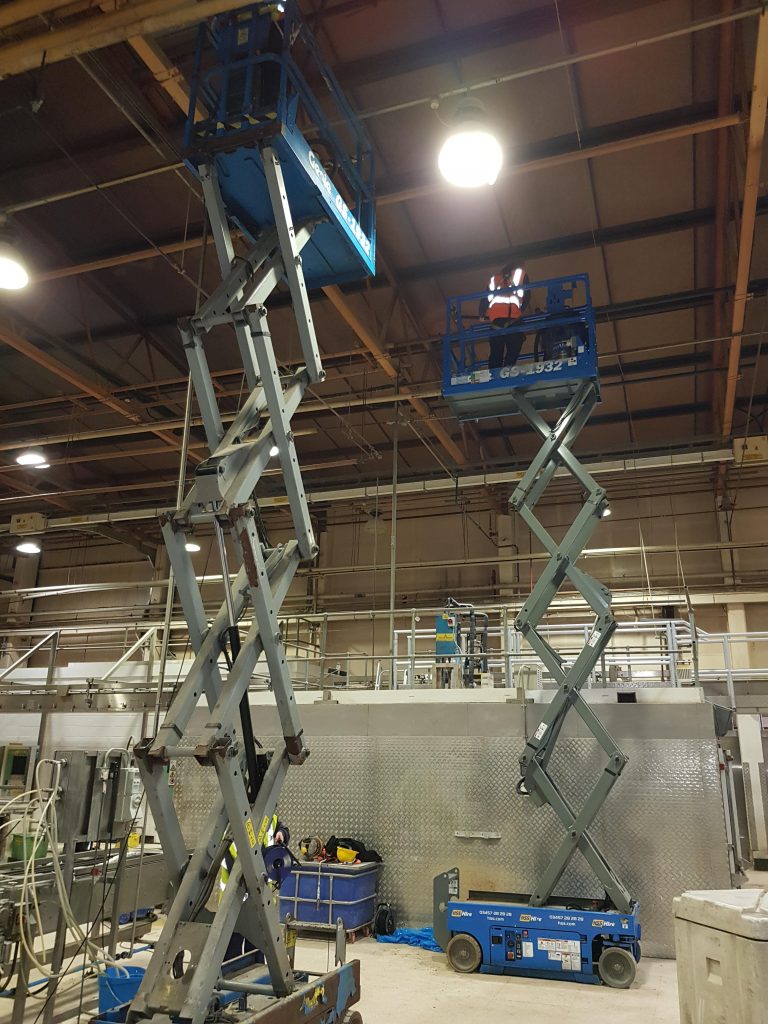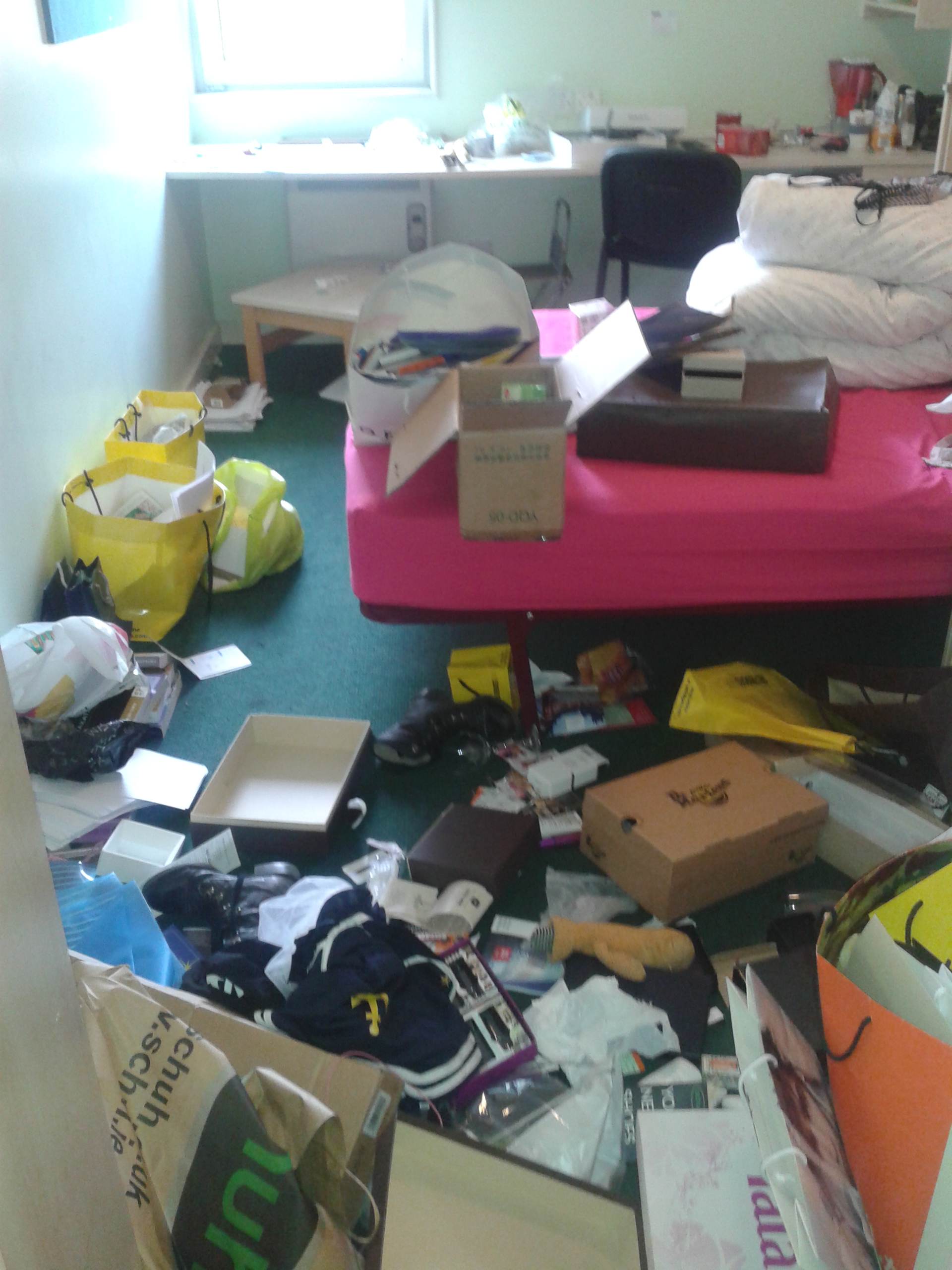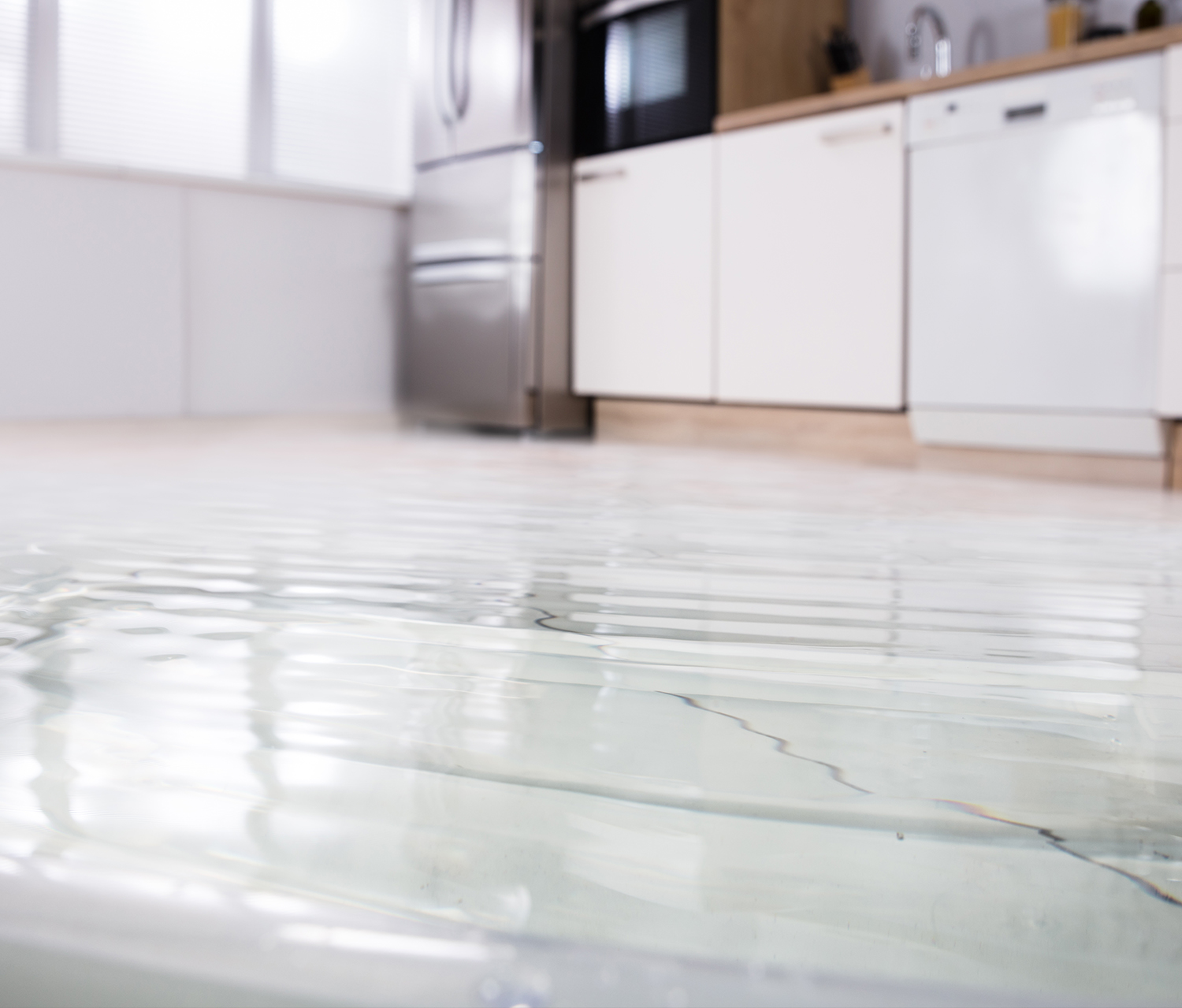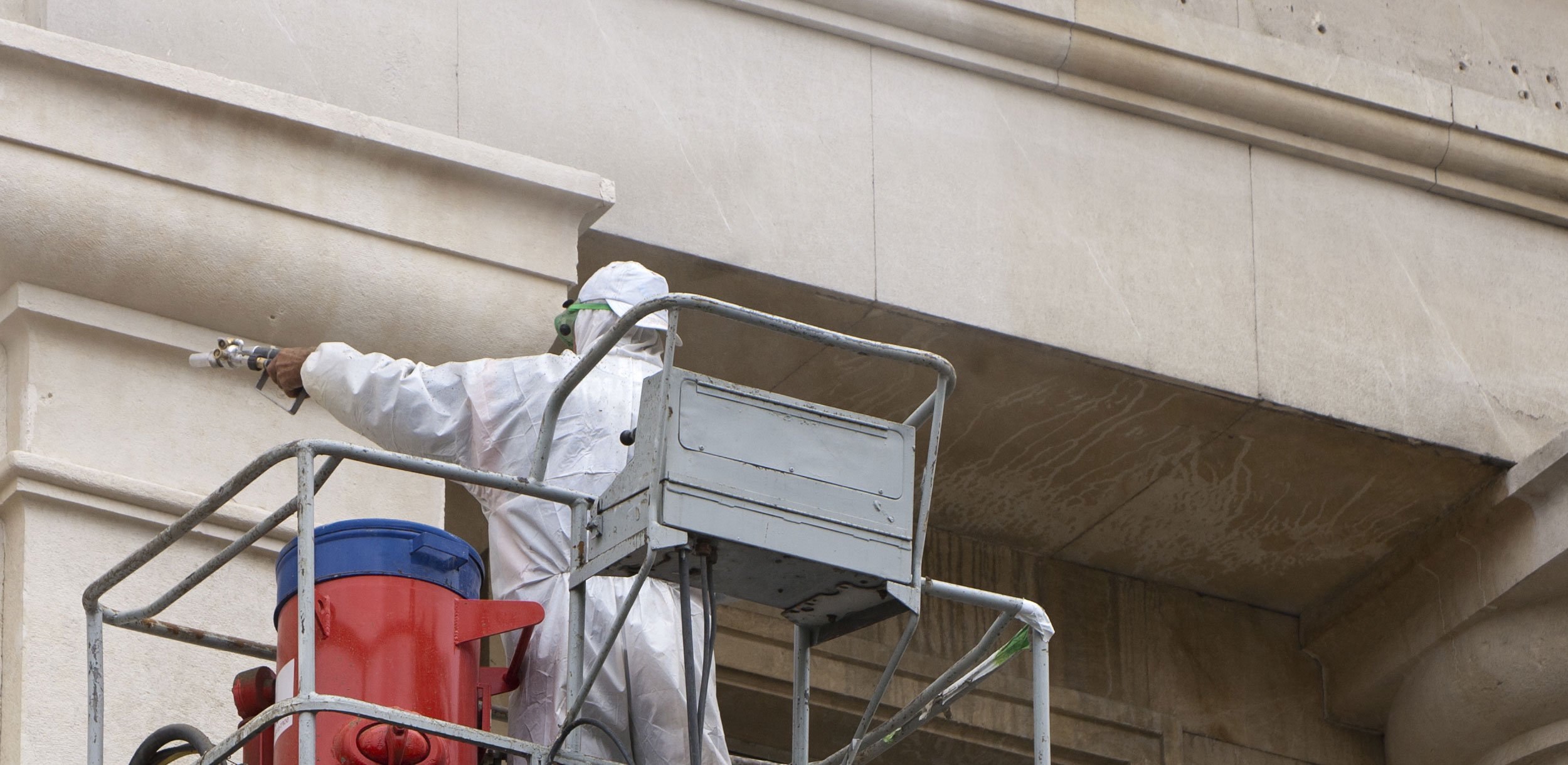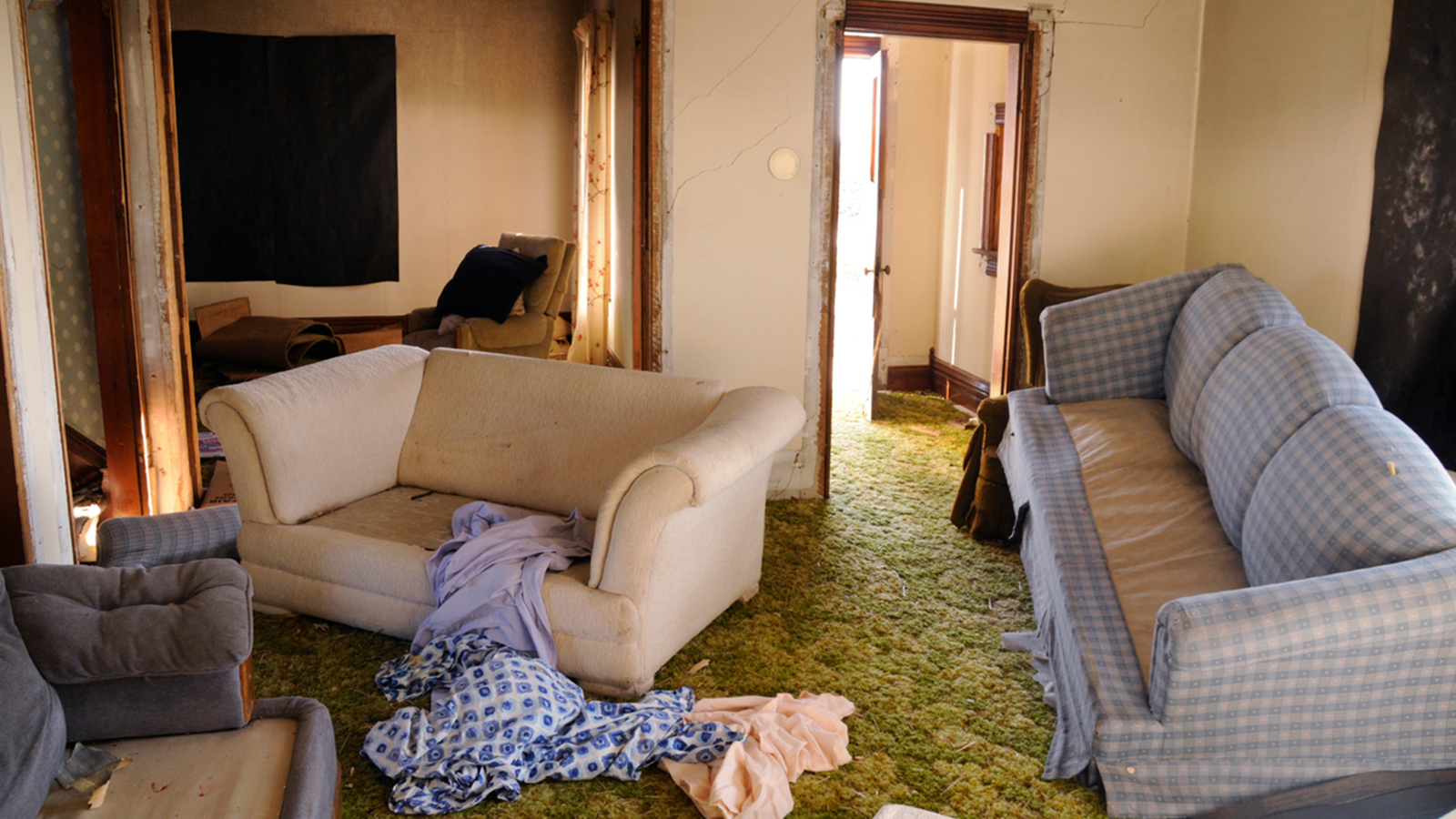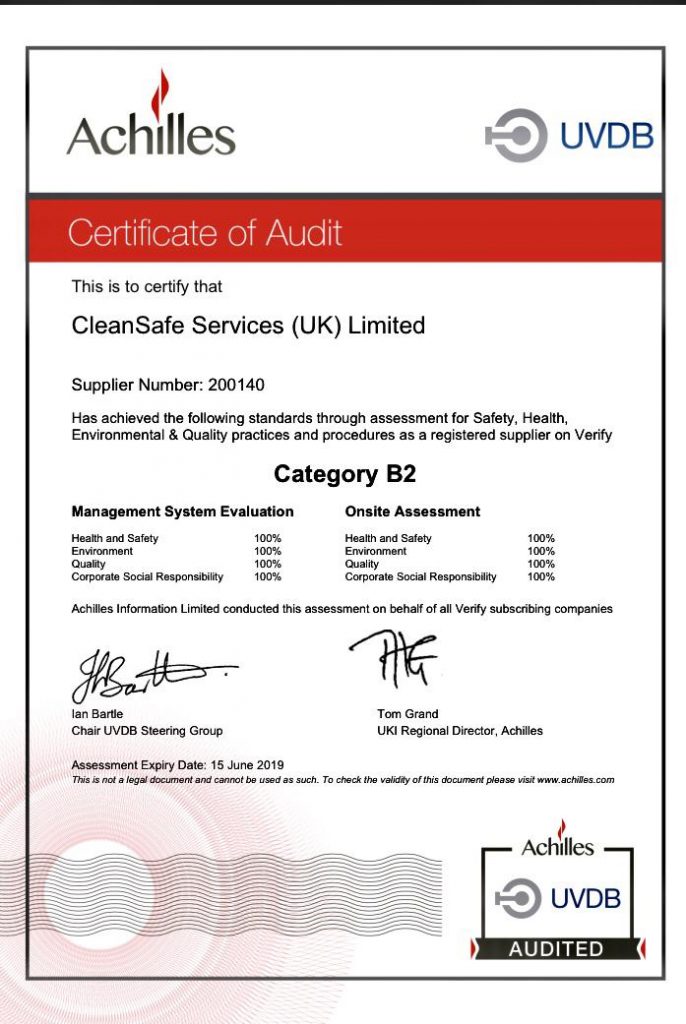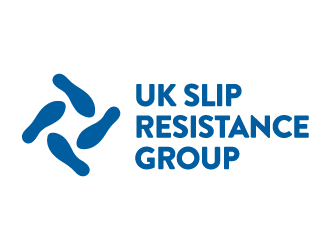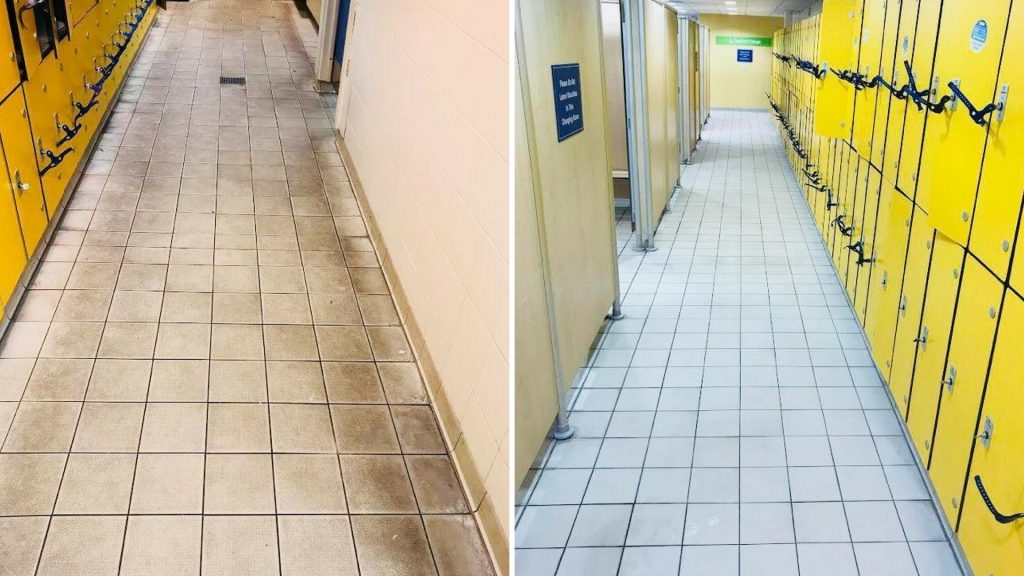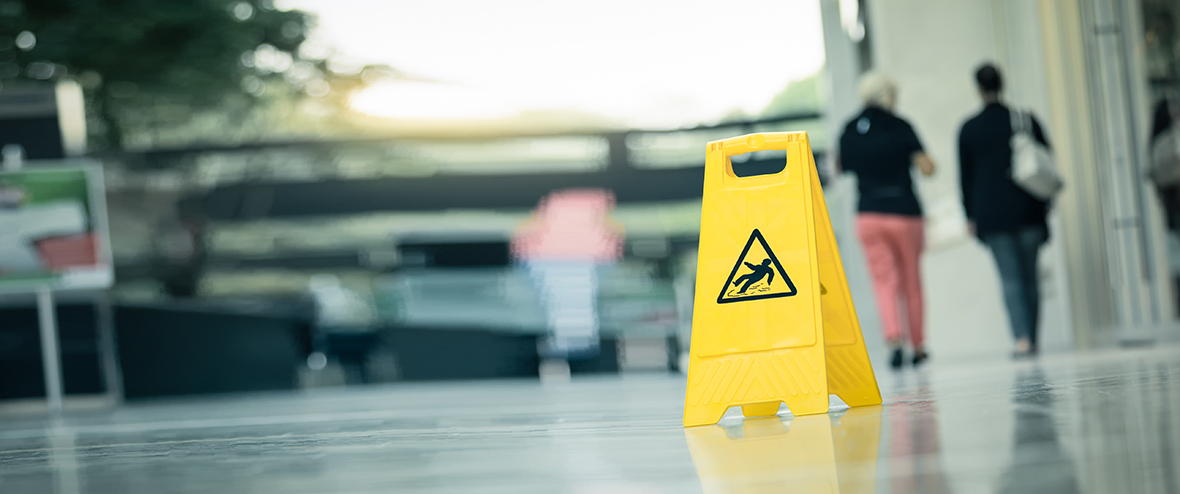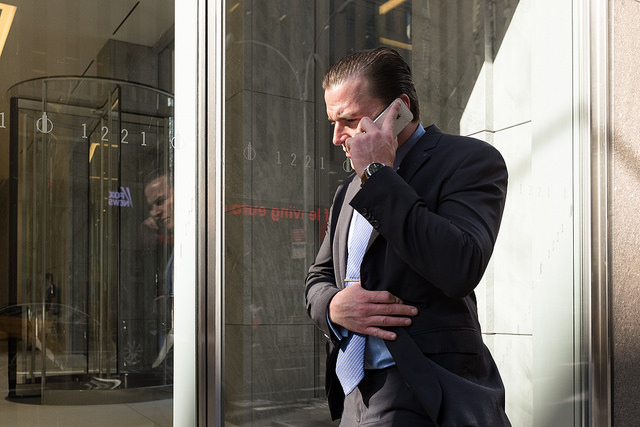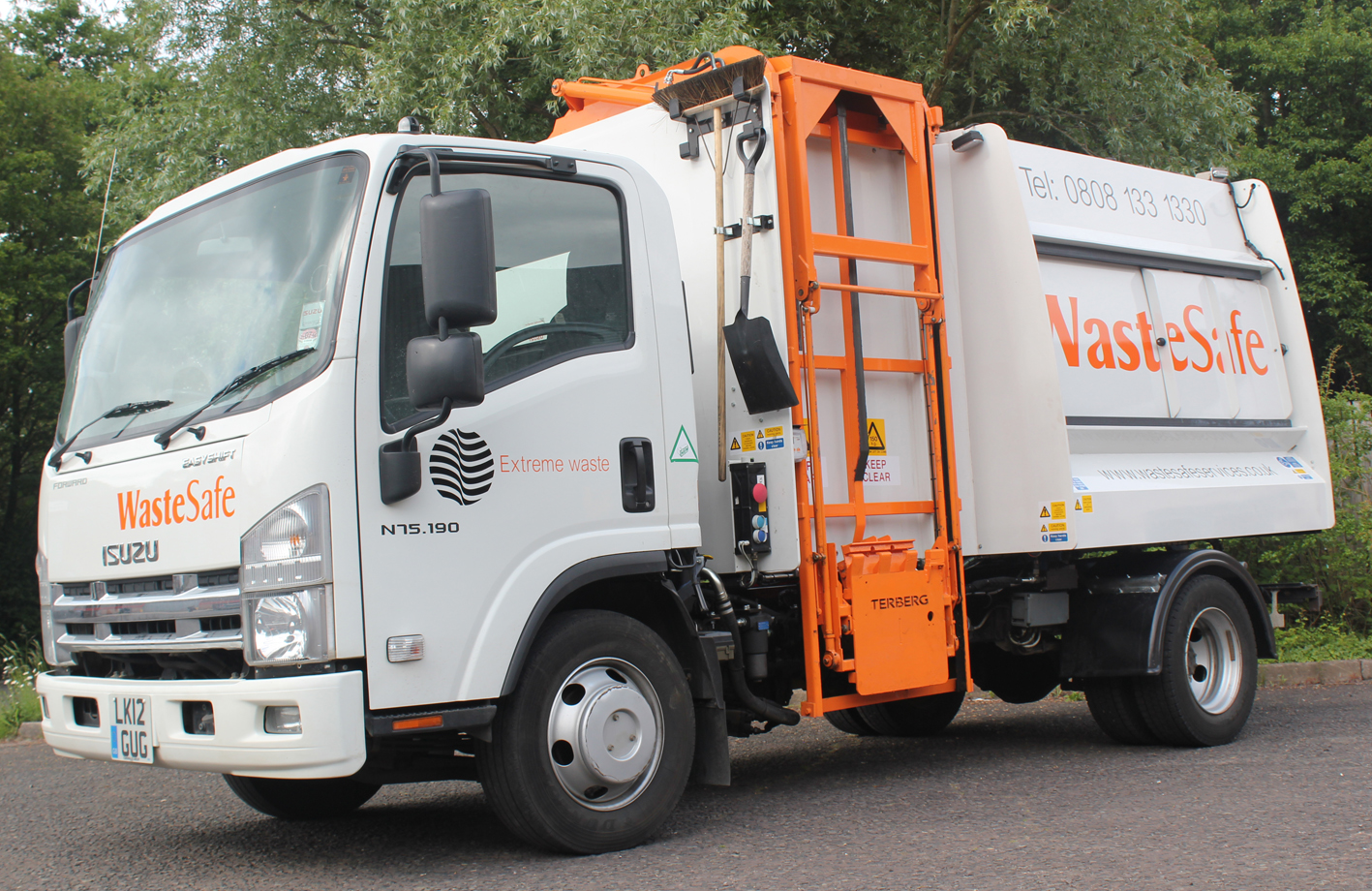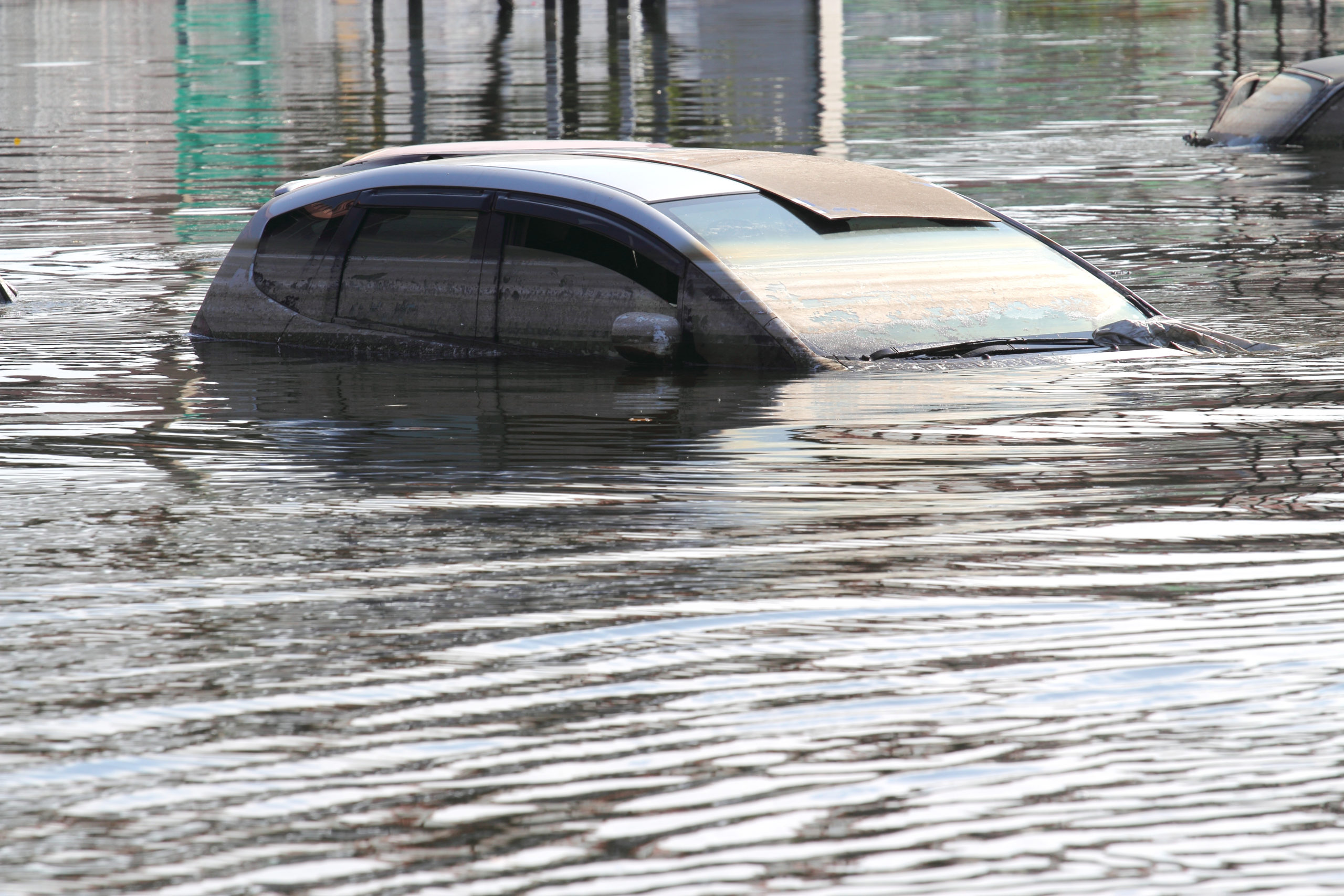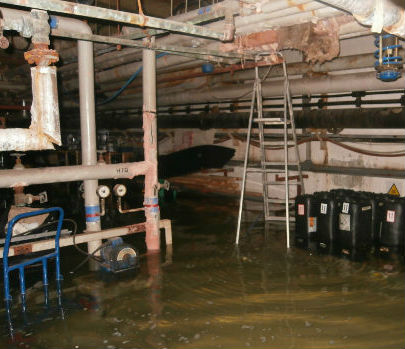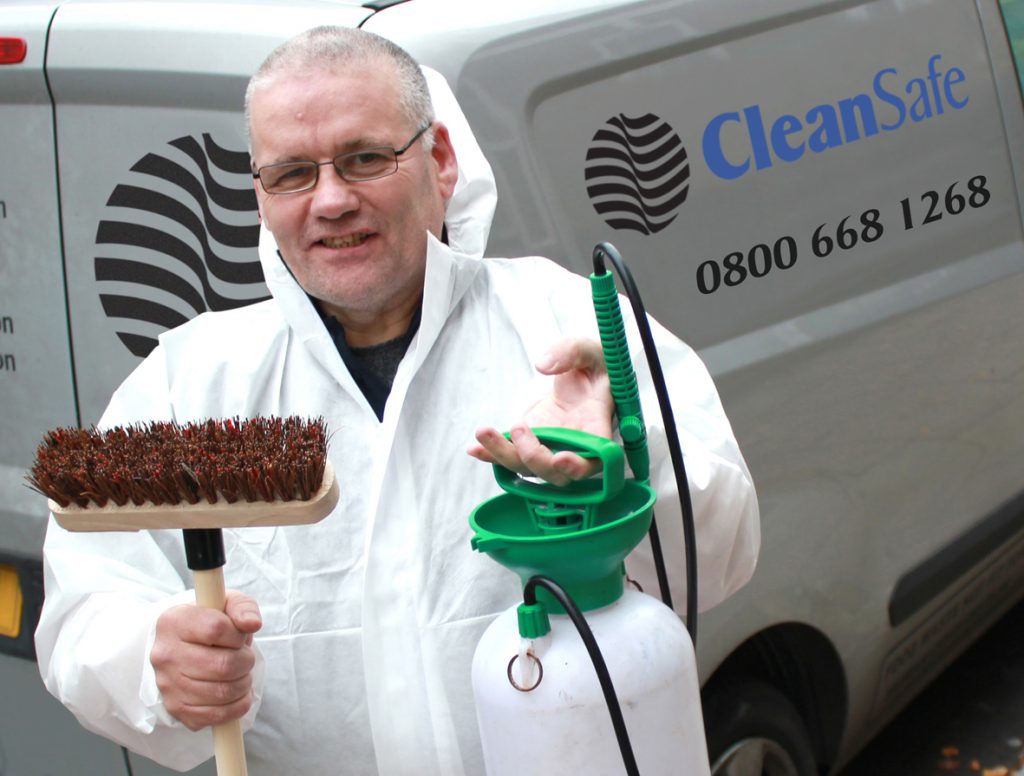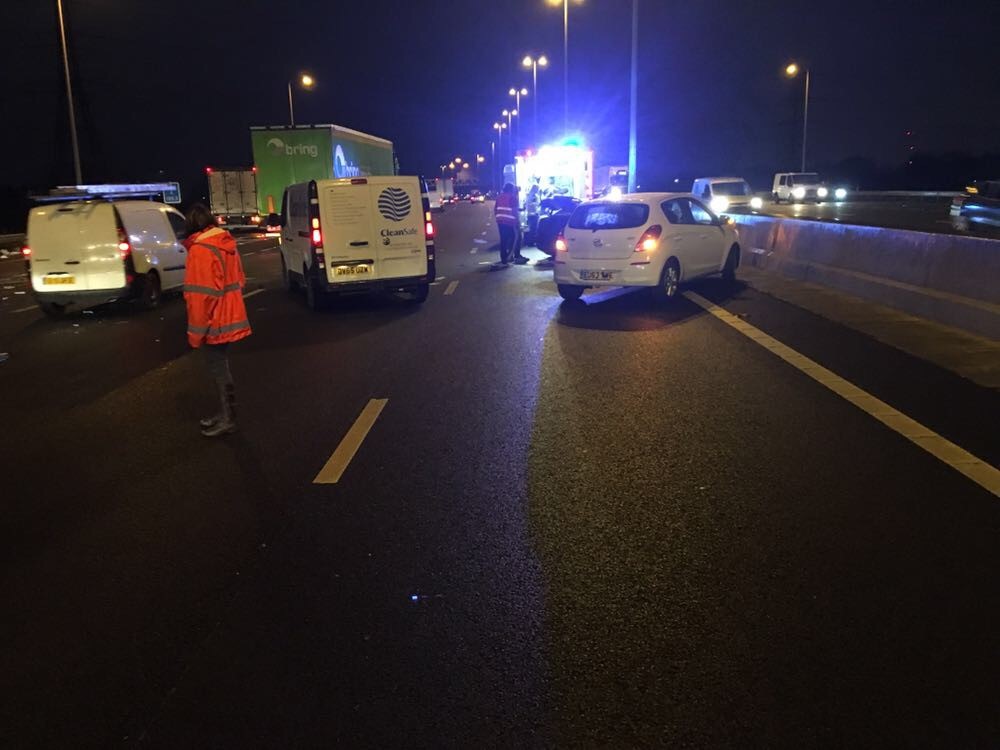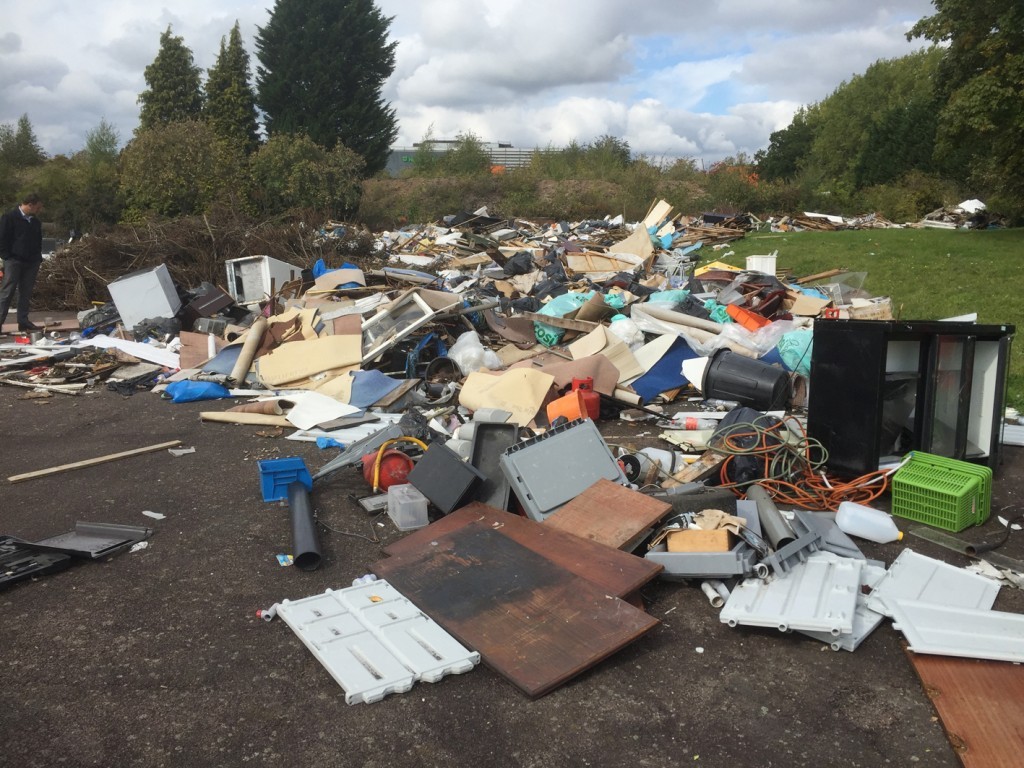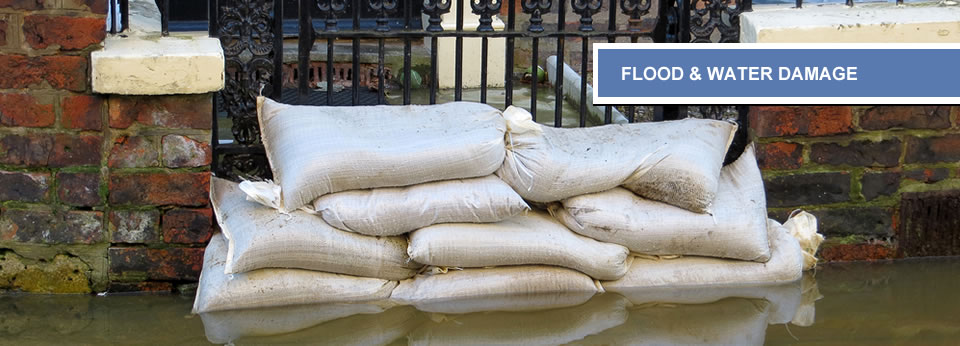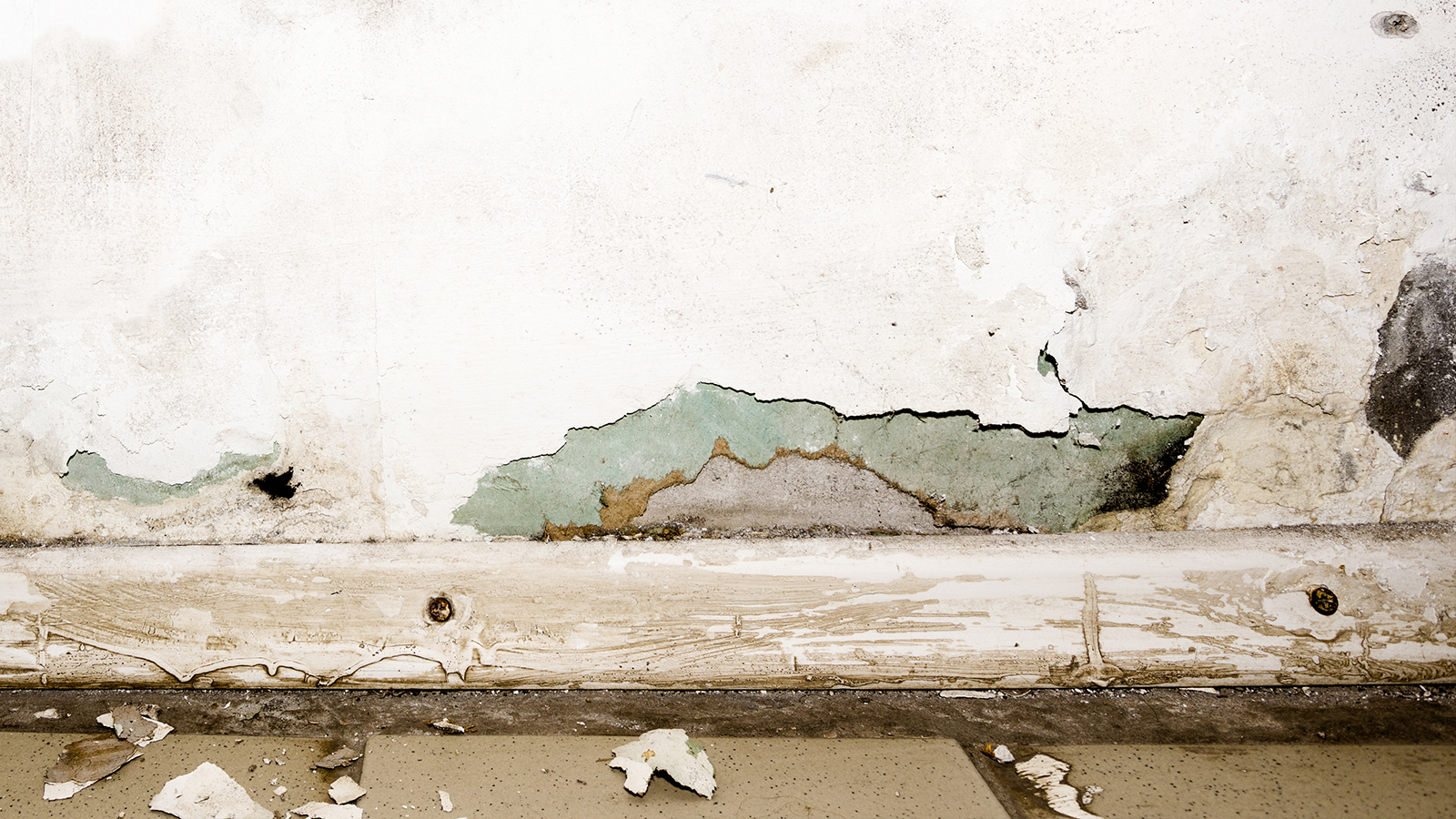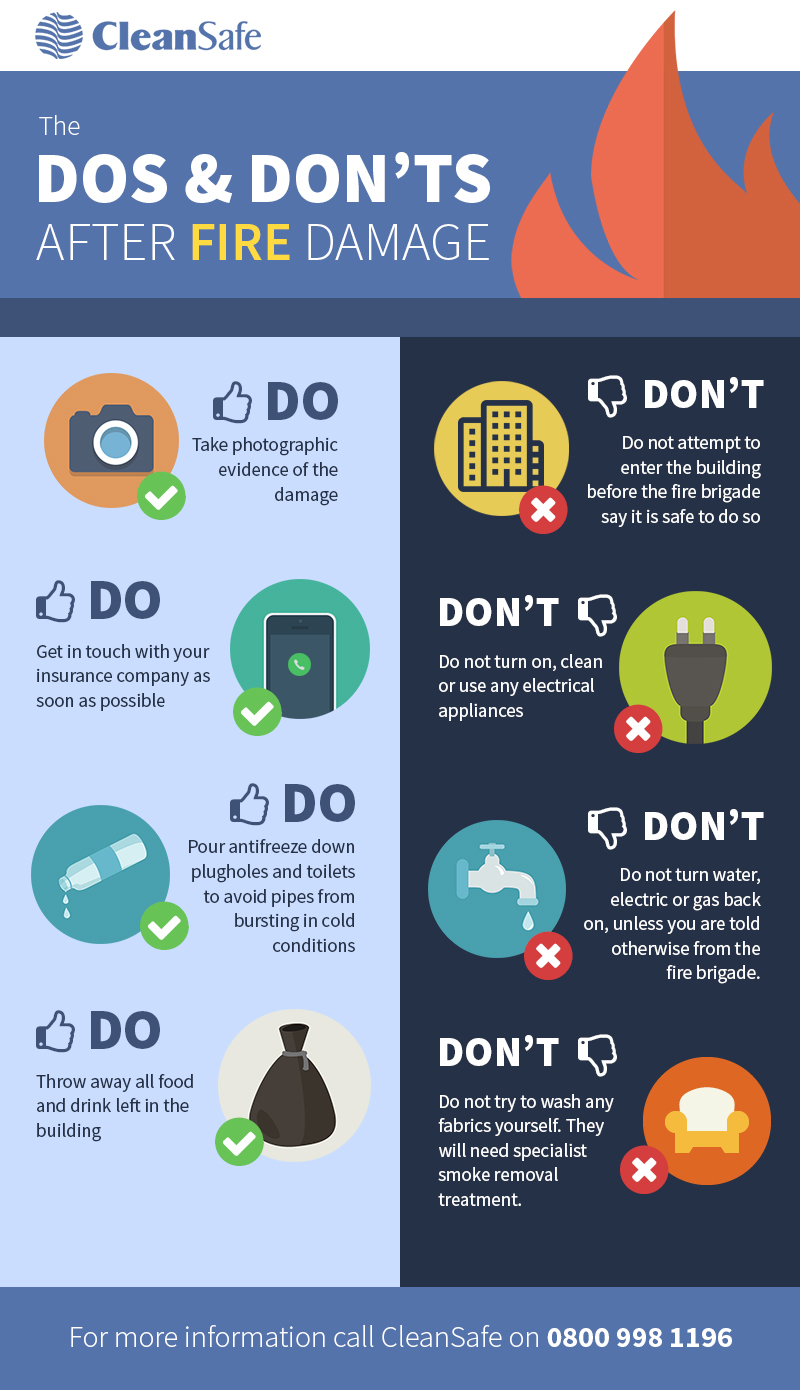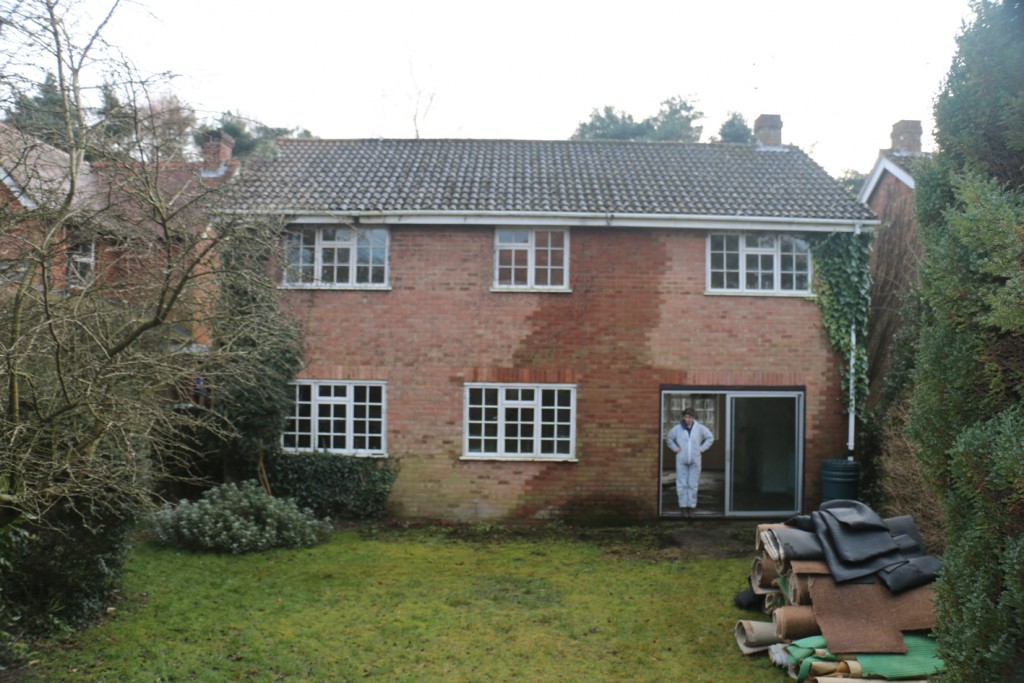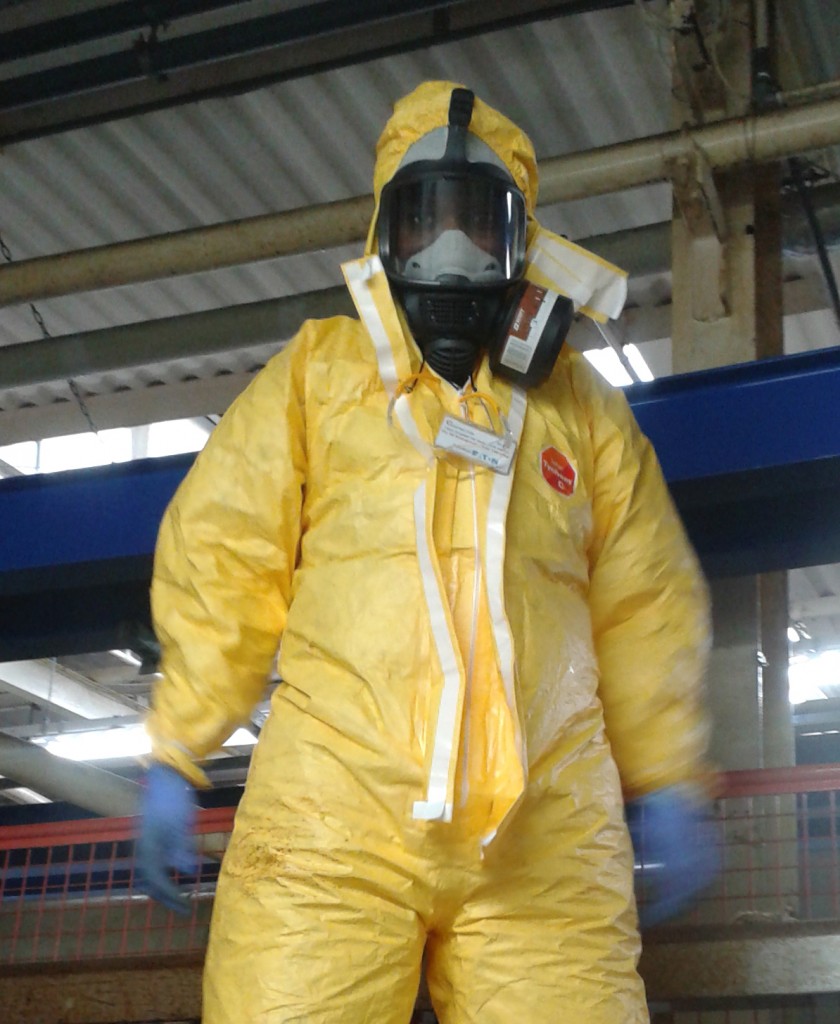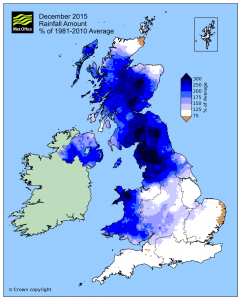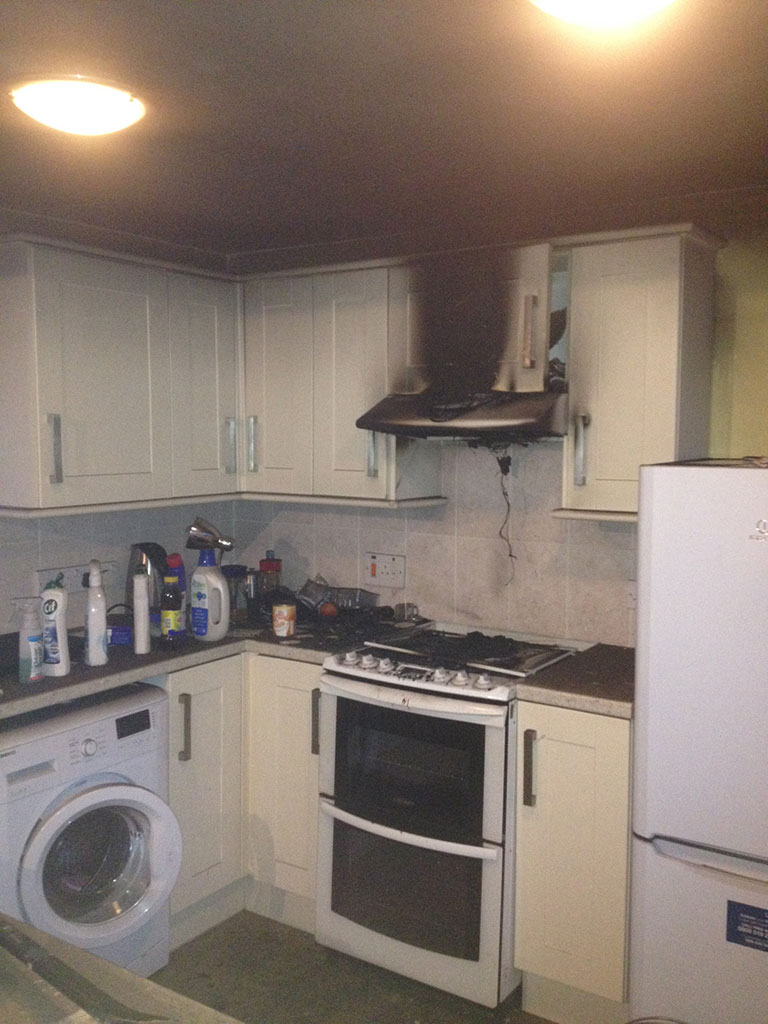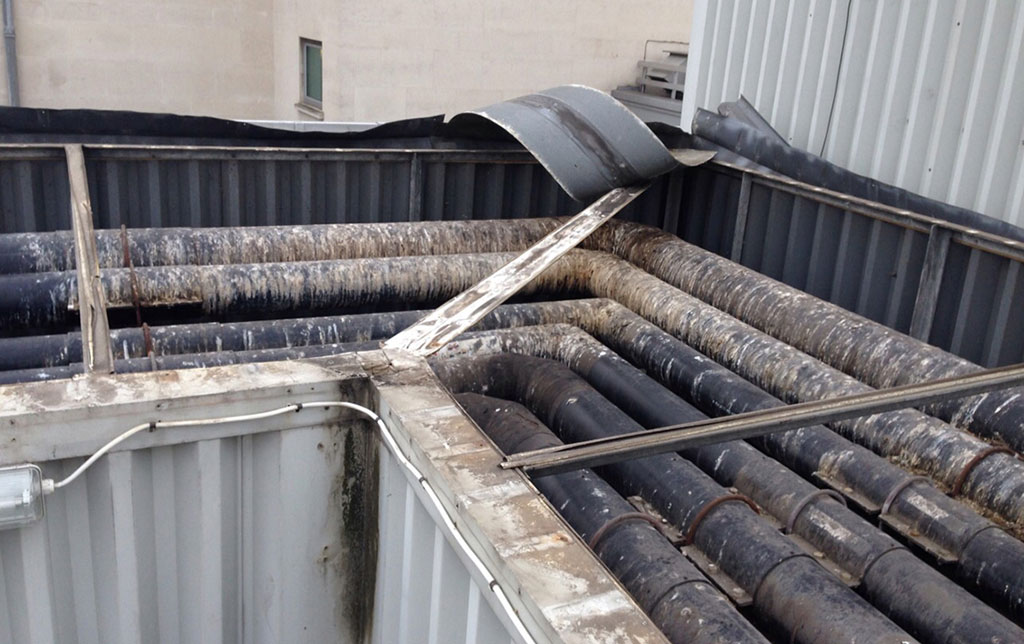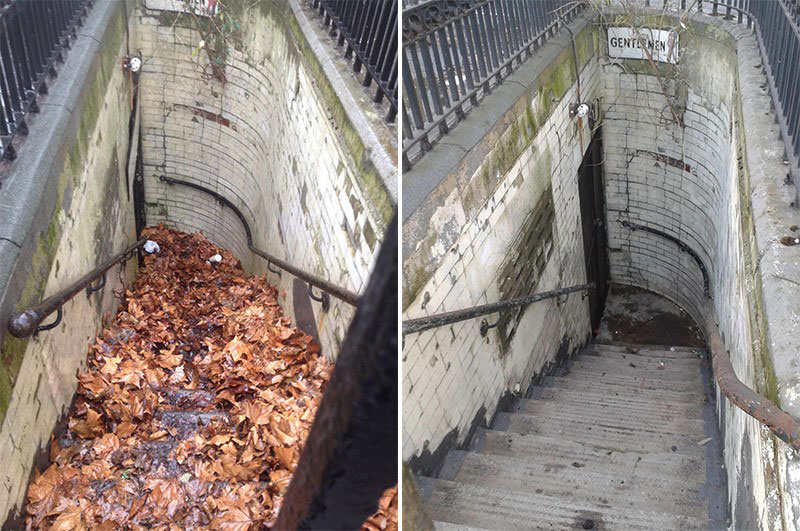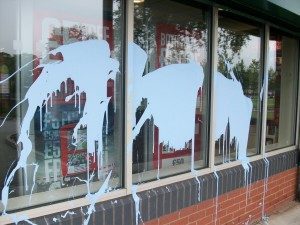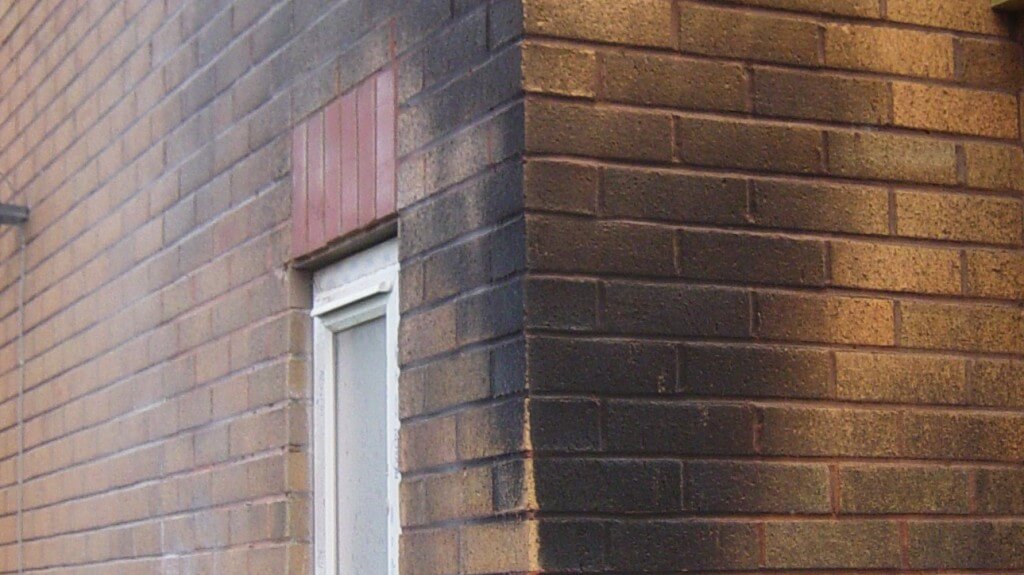Emergency diesel spill clean-up measures taken by CleanSafe Services have been praised by the Environment Agency after a fuel tank at an airport was found to be leaking.
An aviation company called on CleanSafe’s emergency cleaning and diesel contamination expertise after the tank had been found to have lost 1,000 litres of red diesel fuel.
CleanSafe put in place an urgent ground decontamination plan which involved cleaning contaminated soil and carrying out careful technical analysis to ensure the diesel had not got into the groundwater.
Rapid diesel spill clean-up measures
Stephen Savill, CleanSafe Services Business Development Manager, said: “We responded very quickly and put in urgent diesel spill clean-up measures, to ensure contamination could not spread.
“We also made sure the client had a full understanding of the extent of the contamination, and could demonstrate clearly to the Environment Agency (EA) and other authorities that no harm had been done to the wider environment.
“The EA reported back that they were very happy with the thoroughness of the evidence we were able to supply, and as a result no further action needed to be taken that would incur any financial or legal penalty for our client.”
The three-month diesel spill clean-up exercise was sparked when routine inspection of the fuel tank for a standby generator found that a faulty valve had allowed the fuel to seep into a cable trench beneath it.
A CleanSafe Services emergency cleaning team excavated a large section of the trench, removing 30 tonnes of material. Soil samples were also taken to analyse the amount of diesel fuel present.
A bioremediation technique was then used to ensure the soil was decontaminated and no diesel fuel remained.
Specialist microbes, or bacteria, were mixed with water and poured into the trench, along with fertiliser pellet. The microbes consume the hydrocarbons. The fertiliser acts as an accelerant, to speed up the process.
Bioremediation process prevents pollution
The bioremediation process continued for three weeks. Then further soil samples were taken and tested, to ensure the diesel contamination had been cleaned up.
CleanSafe Services also recommended that an extended programme of borehole testing should be carried out so the client could clearly show that the diesel contamination had been contained and removed.
A total of eight boreholes, each four meters deep, were drilled, and samples taken. These showed that there were no signs of wider diesel contamination as a result of the spill.
Stephen Savill said: “The airport is close to an area of marshland, and a small river, both of which are important natural habitats. They also reflect the fact that the area has a high water table.
“That is why we recommended to the client, and they accepted, that it would be sensible to carry out the extra diesel contamination checks. Then, if there were future diesel spill problems, they could show these were not related to this incident.”
CleanSafe Services is also working with the client to put in place additional safety measures to control and monitor the fuel tank, to reduce the risk of diesel spills and any contamination occurring again.


